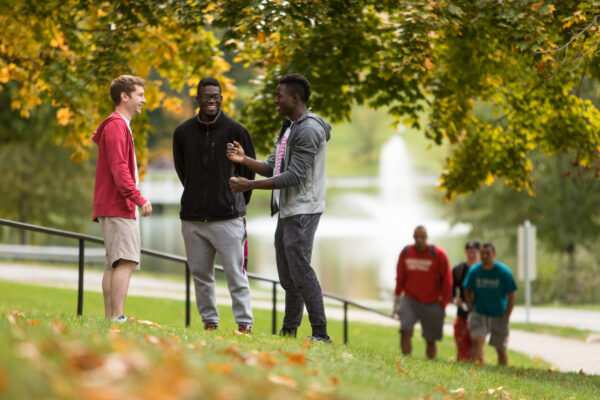Campus Internationalization on a Budget
Robin Matross Helms, associate director of research for ACE’s Center for Internationalization and Global Engagement, on the three main takeaways from Monday morning’s session on “Global Learning for All: Modest Budgets and Creative Strategies.”
At this morning’s session, three university leaders provided practical advice for how institutions can marshal resources and support for campus internationalization initiatives.
President Nicolette Deville Christensen of Arcadia University (PA); Nasser Paydar, executive vice chancellor and chief academic officer of Indiana University-Purdue University; and President Earl Potter of St. Cloud State University (MN) outlined successful tactics they have used, including:
- Build relationships with state and local governments and businesses to garner support. Corporations, chambers of commerce, and sister city and state organizations, for example, maintain active relationships abroad, and have a vested interest in producing globally competent graduates. In some cases, they provide direct funding to institutions—in others, it may be possible for to “piggyback” on trade missions and delegations traveling abroad.
- Tap into funding available from national governments abroad. Many countries are introducing initiatives to increase student mobility (both incoming and outgoing) and to help institutions develop international partnerships. U.S. institutions should be aware of these policies and position themselves as a destination for students funded by foreign government scholarships, and a source for international students for institutions abroad.
- Capitalize on faculty international interests and activity. International faculty maintain connections in their home countries and typically visit regularly. Research collaborations often originate with one-to-one faculty interaction. Institutions should track such activity and when possible build upon these personal connections to encourage additional collaboration – often more cost-effective strategy than trying to establish new institutional relationships from scratch.
The consensus among panelists was that campus internationalization is possible—even in a resource-constrained environment—when there is firm leadership commitment and alignment with key strategic institutional goals.
If you have any questions or comments about this blog post, please contact us.


